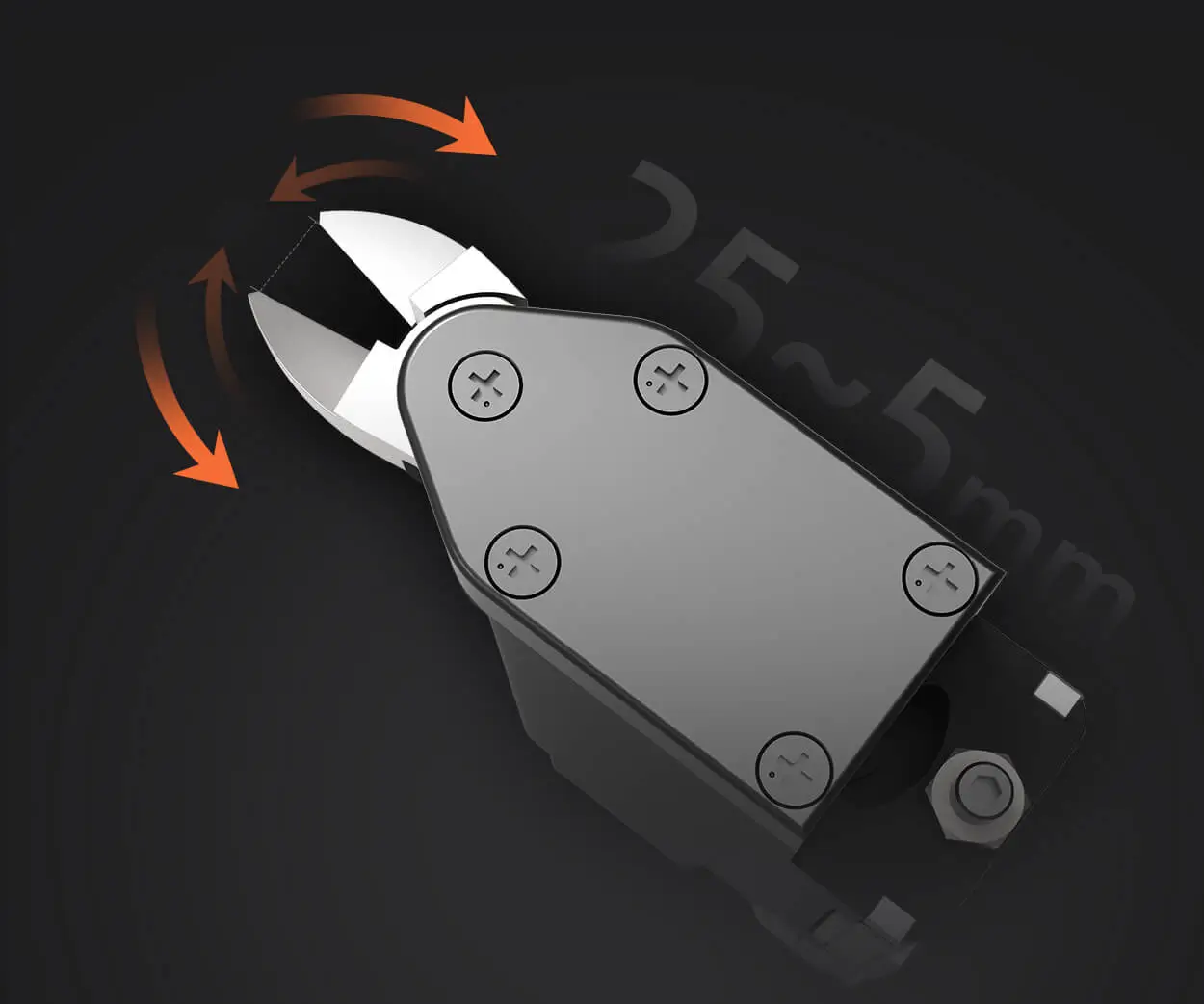Imagine building a system that’s as flexible as a gymnast, as scalable as skyscrapers reaching into the clouds. That’s what microservice architecture with Spring Boot offers. It’s like assembling a puzzle where each piece is a tiny, perfectly crafted service that fits together seamlessly, but can also dance solo when needed.

Spring Boot has become a go-to for crafting microservices because it’s like hitting the easy button on complicated stuff. You get out-of-the-box configurations, embedded servers, and all the dependencies you need to get a small, independent service up and running fast. But here’s the kicker—what makes it genuinely shine is how it handles complexity. Instead of a monolithic codebase that’s where spaghetti meets chaos, you get bite-sized services that do their jobs, communicate through REST APIs, and keep the whole system nimble.
Let’s get real—people ask, “How do I keep track of all these pieces?” That’s where the beauty of microservice architecture kicks in. You design each piece for a specific task, whether it’s user authentication, inventory management, or payment processing. This way, when one part needs an upgrade or runs into trouble, the entire system doesn’t grind to a halt. Think about how Netflix scales its streaming—they are basically operating on a bunch of Spring Boot microservices. When traffic spikes, they can crank up the instances of specific services without fuss. No need to shut everything down and reboot. It’s like upgrading your car without stopping it—just tuning up a single part.
Now, what about security? Scaling? Maintenance? These are no small concerns. Spring Boot’s microservices rock because they support containerization—think Docker—making deployment smoother. Plus, they’re compatible with cloud platforms that handle load balancing and auto-scaling like a breeze. The focus is on agility and robustness, not just ticking boxes.
Let’s toss in a quick observation—teams adopting microservice architecture often see a boost in innovation because each team can focus on their slice of the pie without waiting for others. But it’s a double-edged sword—poorly managed, it can become chaos. That’s why proper orchestration tools, like Kubernetes, become part of the package deal, ensuring all those independent services stay in harmony.
In the end, the magic of combining Spring Boot with microservice architecture lies in its ability to tear down monolithic walls, build faster, and keep operations agile. It’s the dream for companies eyeing rapid growth, flexibility, and resilience. If you’ve ever felt bogged down by a massive, tangled codebase, this approach might be exactly what you need to turn chaos into calm, and complexity into clarity.
Established in 2005, Kpower has been dedicated to a professional compact motion unit manufacturer, headquartered in Dongguan, Guangdong Province, China. Leveraging innovations in modular drive technology, Kpower integrates high-performance motors, precision reducers, and multi-protocol control systems to provide efficient and customized smart drive system solutions. Kpower has delivered professional drive system solutions to over 500 enterprise clients globally with products covering various fields such as Smart Home Systems, Automatic Electronics, Robotics, Precision Agriculture, Drones, and Industrial Automation.




































